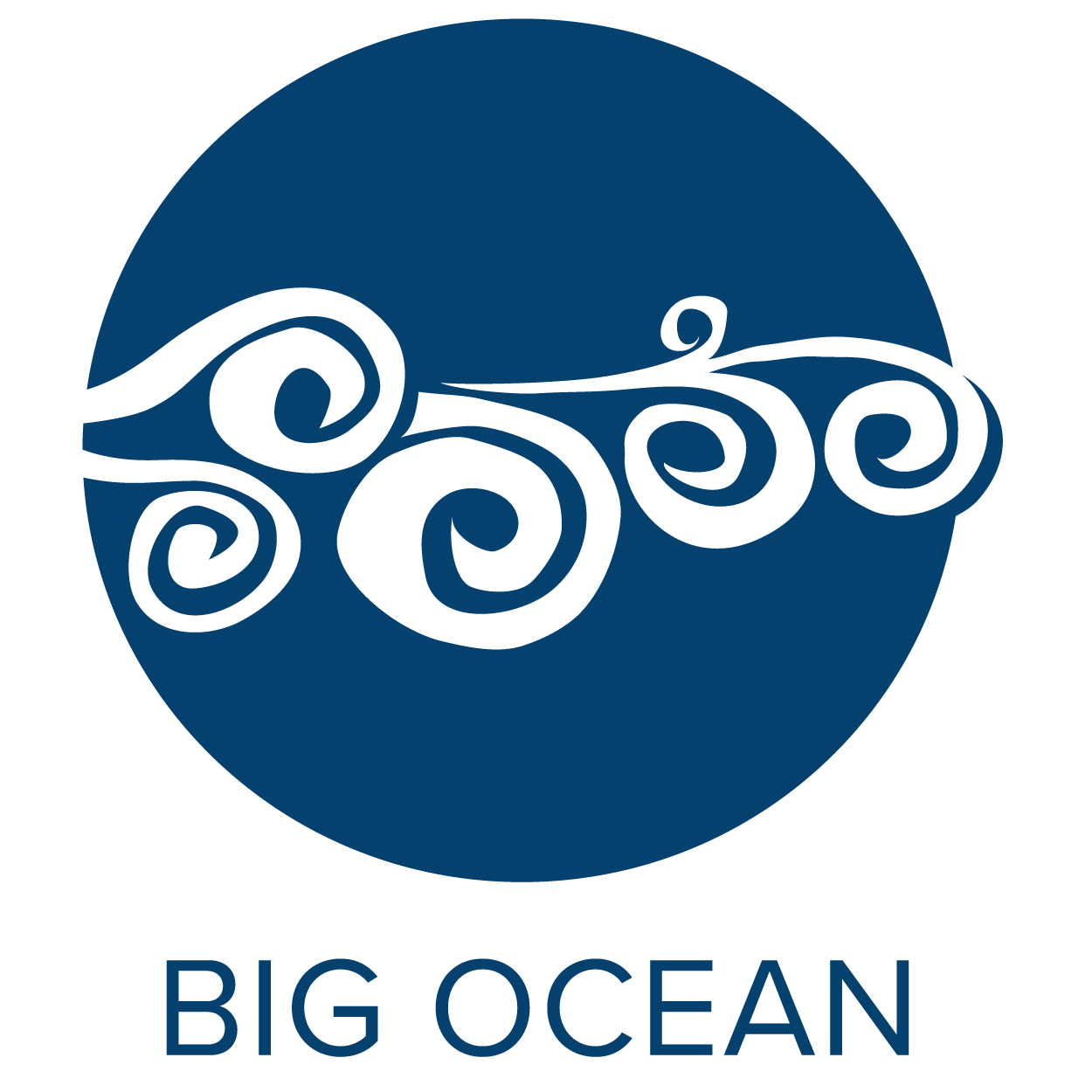Australian Marine Parks
Established: Various (see descriptions below)
Location: Commonwealth waters, around Australia
Size: Seven of the 58 Australian Marine Parks, ranging in size from 110,126 km2 to almost 1 million km2, are members of Big Ocean.
Website: https://parksaustralia.gov.au/marine/
Australian Marine Parks
Parks Australia manages 58 Australian Marine Parks located within Commonwealth waters; the seven largest sites are Big Ocean members. The Australian state and territory governments have established marine parks around the country, covering 3.3 million square kilometers or 37 percent of our oceans, including the Great Barrier Reef Marine Park which is managed by the Great Barrier Reef Marine Park Authority.
Six separate management plans set out the approach to manage all marine parks (excluding the Great Barrier Reef Marine Park and the Heard Island and McDonald Islands marine park) within each of the five network regions (the North, North-west, South-west, South-east and Temperate East networks) and one for the Coral Sea.
Australian Marine Parks were previously known as Commonwealth Marine Reserves until 2017 and only came under a unified management regime in 2018. Collectively, the sites are still being explored due to the vast expanse and depths found in every region. Across the network there are 322 recognised ‘biologically important areas’ for protected species across sites, plus are home to hundreds of unique species only found in Australia. There are seamounts taller than Mont Blanc (the European Alps’ highest mountain), hundreds of submarine canyons – including one larger than the Grand Canyon attracting aggregations of pygmy blue whales to feed and over 120 listed historic shipwrecks. The closest Marine Park to the Australian mainland is approximately three nautical miles away and with some extending to the outer limit of Australia’s Exclusive Economic Zone some 200 nautical miles away.
The following Marine Parks are also Big Ocean member sites:
The Coral Sea Marine Park (Est. 2013 - 989,836 km2) is managed as a singular site (management plan 1 July 2018), and is internationally recognised for its rich biodiversity, unique species and important heritage values;
South-west Corner Marine Park (Est. 2013 - 271,833 km2) is within the South-west Marine Parks Network (management plan 1 July 2018), and home to a wide range of important ecosystems in both shallow and deep water reaching abyssal depths of up to 6400 meters or more and includes parts of the Naturaliste Plateau believed to be associated with rich and possibly unique biological communities;
Norfolk Marine Park (Est. 2013 - 188,444 km2) is located within the Temperate East Marine Parks Network (management plan 1 July 2018), and home to benthic habitats thought to act as stepping stones for faunal dispersal, connecting deep-water fauna from New Caledonia to New Zealand;
Macquarie Island Marine Park (Est. 1999 - 475,465 km2) is one of the older sites within the South-east Marine Parks Network although it shares the same management plan that became effective on 1 July 2013. The island itself and some of the waters of the Reserve and Marine Park are also a part of the World Heritage Area inscribed in 1997. In July 2023, the park was expanded from 162,000 km2, close to a 300% increase. The Marine Park is home to important habitat for seabirds including five albatross species, and foraging areas for New Zealand, Antarctic and subantarctic fur seals and penguins during the breeding season;
Argo-Rowley Terrace Marine Park (Est. 2013 - 146,003 km2), which is a part of the North-west Marine Parks Network (management plan 1 July 2018), is home to foraging areas for migratory seabirds, the endangered loggerhead turtle and unique seafloor features.
Cocos (Keeling) Islands Marine Park (Est. 2022 - 467,054 km2), a UNESCO World Heritage site, encompasses 27 coral islands with a diverse marine ecosystem. It is home to vibrant coral reefs, seagrass meadows, vital migratory birds and multiple endemic fish species.
and Christmas Island Marine Park (Est. 2022 - 277,016 km2), renowned for its annual red crab migration, its unique reefs shelter an astonishing variety of marine life, including dolphins, whale sharks, and coral spawning events.







